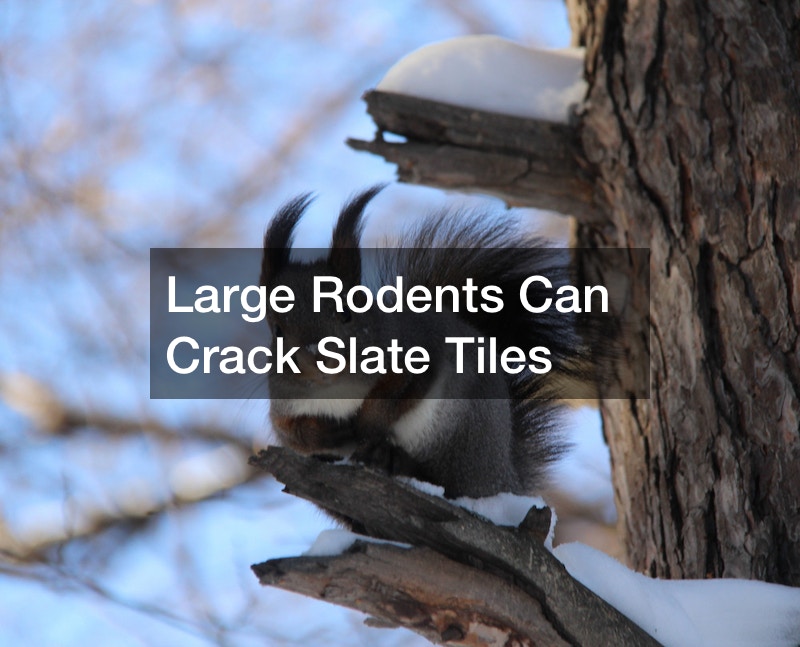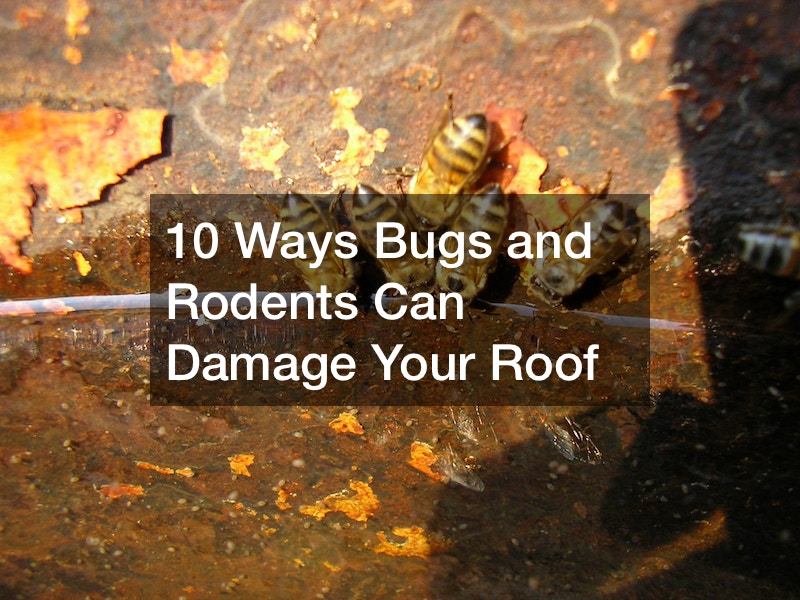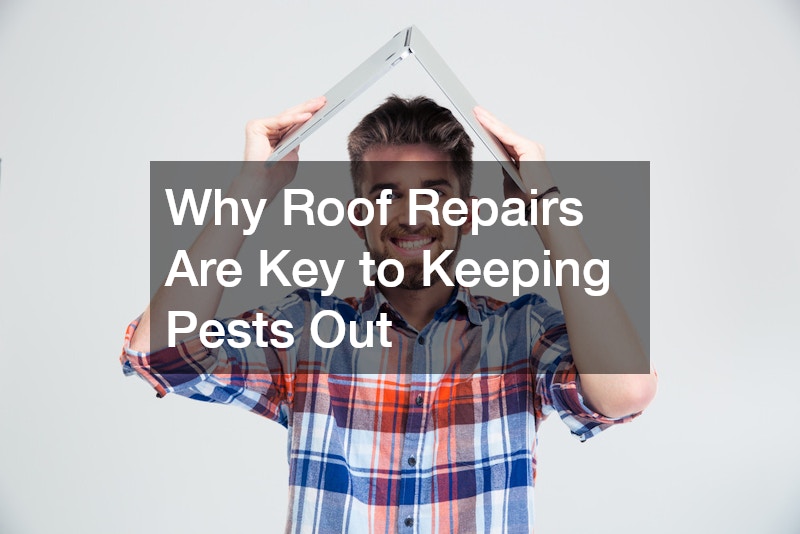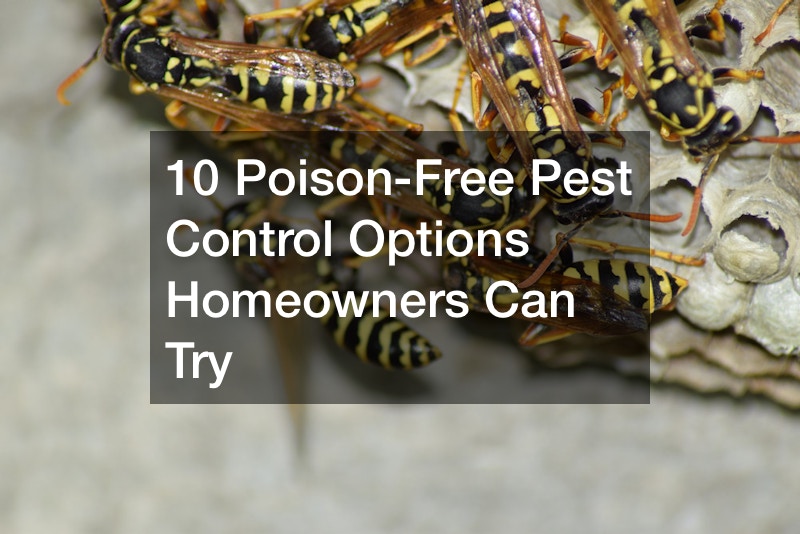Are you facing the daunting task of dealing with garage roof problems? If you’re trying to find a good roofer, you may have considered fixing garage roof issues yourself, but there’s a better solution. Hiring a professional roofer for your repair needs is the key to ensuring a reliable and long-lasting solution.
Your local roofing company is well-versed in how to repair a garage roof. They understand the various factors at play, and they are equipped to handle leaking garage roof issues that you should watch out for. If you’re wondering why your garage roof is leaking, the experts at your local roofing company have the answers you need.

When it comes to roofing advice and local roofing solutions, they’ve got you covered. These professionals offer affordable and reliable roofing contractors who are just a phone call away. In emergencies, you can count on their prompt response to your roofing service calls. This professional roofing help is your assurance that your garage roof will be in top-notch condition, providing you with peace of mind and protection against the elements.

So, don’t hesitate – reach out to your local roofing company for the assistance you need to address your garage roof concerns. Call now and see how you can fix garage roof issues before they get out of hand. Answer the question of ‘my garage roof is leaking, now what?’ today!
While you may be well aware of the fact that things like extreme weather and age can damage your roof, you may not know that rodents and bugs can also cause issues. When residential roofing is invaded by bugs and rodents, it has a high chance of developing issues that could result in its total failure if you’re not careful. That said, it’s a good idea for you to carry out regular roof inspections to see if there’s anything that needs an expert’s attention.
You could find a professional online by searching for “fix garage roof” or “garage roof replacement near me.” Remember to also learn about the hidden signs of a roof leak as these could come in handy if you suspect that something could be wrong. The moment you spot an issue, find a professional as soon as possible.
Try to make sure that you find the best person for the job. They should have a good background and prices that are fair enough for you. They should also have enough experience to do a proper job. You can figure out whether this is the case by asking them if they know how to repair a garage roof and listening to how they respond so you get an idea of their skill level.
Roofs need servicing and maintenance, to ensure their longevity and to get any minor issues fixed in good time. Roofing service includes assessing and addressing any damage, replacing damaged shingles or tiles, sealing cracks, and cleaning the entire roof and gutters.

How to temporarily fix a leaking roof? To fix a roof temporarily, ensure you use safety equipment when you’re on the roof. Identify where it’s leaking from and use waterproof material to cover the area, such as plastic sheets and tarps. How to temporarily stop a roof leak? Use roofing tape to seal the damaged area. You can also use roofing cement to apply on the cracks to prevent more water from seeping in. Try searching for ‘how to temporarily stop roof leak’ and check out the companies that have come up. Go for roof leak experts who have good reviews.
Even if you manage to stop your roof from leaking, hire a roof leak expert as soon as possible as they’ll have the knowledge, equipment, and the right solution to the problem. They’ll also assess the condition of the roof and advise you if it needs to be replaced entirely. Remember to obtain multiple quotes before choosing a roofing company. Ensure they are licensed and insured.

The last thing you want is a ‘bugs and rodents’ invasion of your roof. They can invade property and damage roofs, especially in a wooded, rainy landscape. This environment is ideal and conducive for pesky bugs and rodents to thrive and make a home if not kept in check. They also love attics, which are usually warm and provide natural conditions for infestations. Bugs and rodents can damage your property through their parasitic tendencies. The following are ten ways bugs and rodents can damage your roof.
1. Termites Can Eat Your Roof Deck
Termites are excellent climbers that easily access your roof. They will enter through vents, uncovered soffits, and cracks. Some species will move through self-created tunnels; woe to you if your roof is their target meal.
Termites target the moistest and warmest possible spot on your roof when building a home. A colony of termites can lead to a collapsed ceiling, especially if they invade the roof rafters. They also cause ceiling structures to sag, buckle and develop unseemly molds.
Termites are known to undermine the structural integrity of properties. These pesky bugs love eating wood, which puts your roof deckings, trusses, and rafters in their destructive path. Residential roofing services provide timely interventions in case of termite infestation.
To prevent damage caused by termites, conduct periodic inspections of your roof. Otherwise, total roof replacement could be inevitable. Nonetheless, you can arrest a termite infestation before this happens. For a thorough job, get a licensed roofing contractor to conduct periodic inspections to detect and deter termite infestations.
Some natural preventative ways of dealing with termites include using orange oil, which contains d-limonene, which is fatal to termites. Using boric acid sprays and neem oil is also ideal. Termites’ preference for cellulose can be exploited and used to snare them. One can set moist cardboard traps near infestations to lure famished termites to their eventual death and disposal.
2. Squirrels Can Peel Up Your Shingles
Squirrels are avid climbers. They can leap from nearby trees to your roof. They are some of the peskiest rodents and can damage your roof upon invasion. They are a nuisance both in and outside the house, especially if they enter your attic by chewing through roofing and eventually nesting indoors, causing even more damage.
Squirrels have razor-sharp teeth that can peel up your shingles and cause havoc on your roof, necessitating repairs. These teeth can gnaw through shingles and open them up to moisture damage. Other bugs and rodents can damage your shingles beyond the initial havoc caused by squirrels.
Squirrels chew holes in roof shingles, making your roof vulnerable to damage from moisture when it snows or rains. Once they damage your shingles, they can nest and reproduce in your attic. Undetected, they can tear up insulation and destroy stored items in the attic.
Local roof repairs can detect and deal with damage caused by squirrels. A local roofer can easily spot chewed-up electrical cables in attics and avert fire hazards that can easily be ignited by sparks.
Squirrels can enter a home through a damaged gutter system. When not properly addressed, the damage they cause on a downspout could lead to a full-blown infestation. Damaged fascia boards, eaves troughs, and wood beams are indications of roofline damage caused by squirrel infestation.

3. Roof Rats Can Burrow Through to Your Attic
Roof rats can damage your roofs and attics. A roof infested by roof rats always necessitates roofing repairs. The rats are excellent climbers and typically nest in walls, tree branches, and attics. They also prefer burrowing in shallow cavities under sidewalks, concrete slabs, or tree roots. This, however, only happens in dry and hot environments. They can access attics and roofs through utility lines.
To deter roof rats from accessing homes through roofs, trim and keep hanging vines away from the siding and shingles. You can also deter them by conducting regular inspections and prompt repairs of gaps and cracks in the vents, roof, pipes, and wiring.
Rat droppings and noises in walls and attic are telltale signs of the presence of roof rats. Cracks on exterior walls and foundations could be the opportunity the roof rats were waiting for to enter your home. Keep your home clutter-free and contact a roofing repairs company to avert potential health hazards of roof rat urine and droppings.
4. Mice Can Nest in Your Gutters
Gutters are extensions of your roof. Their role is to direct water into the downspouts, which exposes them to deterioration. Old gutters are a haven for mice since they trap organic debris, such as dirt, falling leaves, twigs, or bird feathers. It’s important to contact roofing services to repair or replace such gutters.
Mice access homes by crawling through unprotected downspouts and climbing on electrical wiring and cables attached to your house. They exploit weak spots in the gutters to make their way into your home. Their nests create blockages that prevent proper water from draining effectively, leading to rot and, eventually, weak foundations, resulting in costly repairs.
Harmful bugs and rodents can damage the homeowners’ environment if not checked. Upon entering a home, mice can attract bugs, such as ticks, and pathogens like Hantavirus. They destroy roofs as they nest in gutters. To prevent this, seal up gaps and cracks in your walls and roof, and regularly clean and ensure there’s no debris in your gutters. Contact a pest control professional for a thorough job if you suspect a mouse infestation.

5. Rodents Can Start Electrical Fires
Rodents prevent their ever-growing incisors from overgrowing by constant chewing. This inherent trait puts your electrical cables in harm’s way. They enjoy chewing wires and pose a serious hazard when they chew insulation. Contact local roofing contractors to ascertain the condition of your roof if you’ve spotted rodents like rats, mice, or squirrels.
These pesky nuisances love to chew electrical cables, making them vulnerable to potential short circuits and sparks, sometimes leading to unprecedented fires. Hire a rodent control company to tackle rodents and avoid rodent-induced fires. It’s instructive that rodents prefer cozy warm spaces, such as attics, the same areas where electrical cabling is housed.
To prevent rodents from triggering electrical fires, install wire meshes outside dryer vents, over soffits, and ceiling vents. Ensure the bottom end of doors are sealed tightly to stop rodents from accessing the interior spaces, particularly the garage and front doors. Maintain exterior spaces by ensuring no bushes or branches are near basement windows, roofs, doors, or windows. Finally, seal all holes and cracks in the foundations, gates, fences, basement, attics, windows, or doors.
6. Bees Can Expand Their Hives Out Through Your Roof
Although bees are critical to the ecosystem, they can damage your roof if unchecked. They build hives anywhere, even inside your walls or roof. Upon setting up the hive on the roof, they quickly increase their colony, which results in untold damage to the exterior of your home.
The honeycomb from bees can block your roof’s ventilation system, resulting in the buildup of moisture and sometimes water damage. Besides, as the honeycomb expands, it can apply pressure on your roof’s structure, weakening it over time.
If you suspect a bee infestation on the roof, contact a professional pest control company immediately. If they know their job, they’ll safely remove the hive to prevent more damage to your home’s exterior. Besides, by regularly inspecting your roof, you can identify potential bee entry points and seal them before they morph into an emergency.

7. Carpenter Ants Can Wreck Your Roof’s Structure
Different bugs and rodents can damage your roof in several ways. For instance, carpenter ants don’t consume wood as termites do. However, they weaken wood by burrowing tunnels through it, thereby weakening structures like roofs.
Get a roofing contractor to regularly examine the structure of your roof and rule out leaky roofs, which create wet woods that carpenter ants find irresistible. Consequently, they compromise the integrity of your roof. Keep sugary foods away from their reach to avoid creating a conducive environment for bug infestation.
Hire a roofing contractor to examine your roof to determine if it’s due for replacement. Do this before the wood gets soft enough to attract carpenter ants. To rule out their presence, the contractor can also examine your vents, chimney, and skylights. To prevent a carpenter ant infestation, keep your gutters clean and debris-free. The roof should be moisture-free and well-ventilated. Trim all vegetation and branches that touch your roof. Periodic visits from a pest control company go a long way in keeping carpenter ants in check.
8. Wasp Nests Can Warp Your Gutters
Wasps find debris-filled gutters highly irresistible. If you fail to periodically consult roof repair services for maintenance, your gutters become a haven for wasps, which clog them. This results in damage to the roof, foundation, and landscape erosion. When wasps infiltrate your gutters to build nests, they cause them to clog or warp, eventually damaging the roof. This is because the nests cause obstruction, causing water to overflow.
Aggressive bugs and rodents can damage the environment if not tamed upon first sighting. Wasps are aggressive bugs whose nests can bend gutters out of shape. When left to bear heavy debris, they can cause a roofline to pull away. Wasp infestations can lead to water damage due to leaks.
Should you find wasps hovering around your gutters, do not hesitate to call professional exterminators to safely and effectively remove the nests. You should also hire professional roofing contractors to inspect and repair your gutters.

9. Large Rodents Can Crack Slate Tiles
Although slate roofs are generally durable and impervious to minor pests, they are vulnerable to large rodents like squirrels and raccoons. A slate roof installation can be damaged by large rodents when they climb and gnaw at it using their sharp claws. Large rodents can also crack slate tiles using their teeth, which may lead to water damage, molds, and compromised structural roof integrity.
To prevent large rodents from cracking your slate roof, trim the twigs, branches, and trees that get in contact with the roof. This will deter the rodents from using them as bridges to your roof. Bugs and rodents can damage home interiors if you don’t regularly inspect entry points for cracks and odd gaps. Inspecting rustling sounds, the presence of molds and sawdust, or hollow-sounding wood is critical in arresting a bug and rodent infestation.
10. Insects Can Nest Under Cracks in Flat Roofing
Residential and commercial buildings increasingly use flat roofing because installing it is less complex and more economical than installing sloping roofs. Flat roofs are, nonetheless, susceptible to damage from insect infestations. Since insects can penetrate flat roofing through crevices and small cracks and cause substantial damage to your roof.
Stagnant water and debris on roofs create hazardous conditions that attract pest infestation. For instance, the likelihood of mold development is very high if the waterproof sealant has worn out. Combined with the challenge of stagnant water and organic debris, cracks ultimately occur, creating a nesting haven for bugs.
Preventive maintenance and regular inspections help to drastically reduce damage to a flat roof and control insect infestation. Bugs and rodents can damage flat roofs if left uninspected for long periods. It’s crucial to contact flat roofing professionals for advice on maintaining a healthy flat roofing system.
Bugs and rodents can cause substantial damage to your roof. The attic and flat roofs are perfect breeding grounds for bugs and rodents. Moisture, cracks, and gaps also present bugs and rodents with an ideal environment to nest in. In the end, these nuisances cause serious damage to your roof.
You can minimize damage by bugs and rodents by promptly sealing their access to your home. Trim mature shrubs and trees to get rid of potential breeding grounds. Install a drip edge to fortify your roof and reduce vulnerabilities. Keep your gutters clean to dissuade bugs and rodents from invading and breeding on the roof. Periodic inspections can arrest bugs and rodent damage trails, giving your roof longevity.




